Promoting Forest Restoration in the Pacific Lowlands of Guatemala
Promoting Forest Restoration in the Pacific Lowlands of Guatemala
Launch of the GLFx South Coast Guatemala Chapter, an initiative of the Private Institute for Research on Climate Change (ICC), the National Forests Institute (INAB) and IUFRO
As part of the celebration for the renewal of the agreement between ICC and INAB for five more years, on Wednesday, 1 June, a reforestation day was held with the South Coast Restoration Network of Guatemala in Santa Lucia Cotzumalguapa, Escuintla. The event offered an ideal setting for presenting the GLFx South Coast Guatemala Chapter.

During the reforestation day 300 trees were planted with a symbolic meaning: to highlight the joint work that ICC and INAB have done since 2011, including the implementation of 590 nurseries, the production of more than 9 million trees, and the creation of the South Coast Restoration Network of Guatemala, in which government actors, private sector, academia, municipalities, NGOs, communities and international partners participate. The event was attended by authorities and members of the ICC, INAB, the Madre Tierra sugar production company, and the Southwest University Center – CUNSUROC of the University of San Carlos of Guatemala – USAC, among others.
The Deputy Mayor of the Lilongwe City Council, Councilor Esther Sagawa, Launches the Forest Restoration of the Lingadzi Riverine in Lilongwe
The Deputy Mayor of the Lilongwe City Council, Councilor Esther Sagawa, Launches the Forest Restoration of the Lingadzi Riverine in Lilongwe
Report by Harold Kangoli and Steve Makungwa
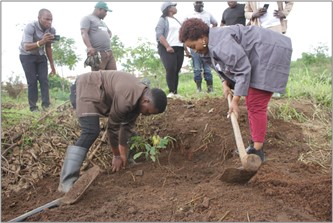
On 19 February 2022 the Deputy Mayor of the Lilongwe City Council, Councilor Esther Sagawa, launched the forest restoration of the Lingadzi Riverine. The project is an initiative of the Lilongwe City Council and it aims to plant and sustainably manage 7,300 native riverine tree species on a 24 hectare degraded riverine along the Lingadzi River in Lilongwe. The design, implementation and monitoring of the project is facilitated by the Lilongwe Chapter of the Global Landscapes Forum (GLF), an initiative of Malawi’s Centre for Applied Systems Analysis (CASA) in collaboration with the International Union of Forest Research Organizations (IUFRO.
Read more…IUFRO Spotlight #86 – Analyzing the complicated forest-water relationship
IUFRO Spotlight #86 – Analyzing the complicated forest-water relationship
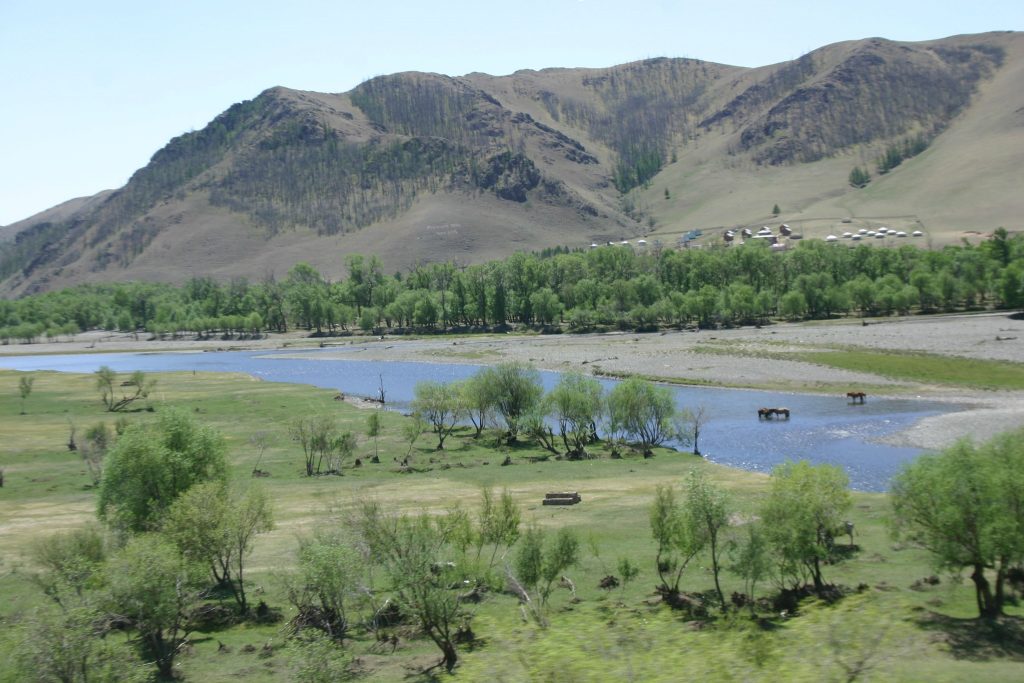
More than 500 years ago Leonardo da Vinci said: “Water is the driving force of all nature.”
There is a corollary that could easily be added to da Vinci’s truism: Water is greatly aided and abetted in that role by forests.
Forests play an integral role in the water cycle by enhancing the world’s supply of clean water. Much of the globe’s freshwater is provided through forested catchments.
Read more…Spotlight #82 – More local involvement one key to FLR success
Spotlight #82 – More local involvement one key to FLR success
“What we’ve got here is failure to communicate.”
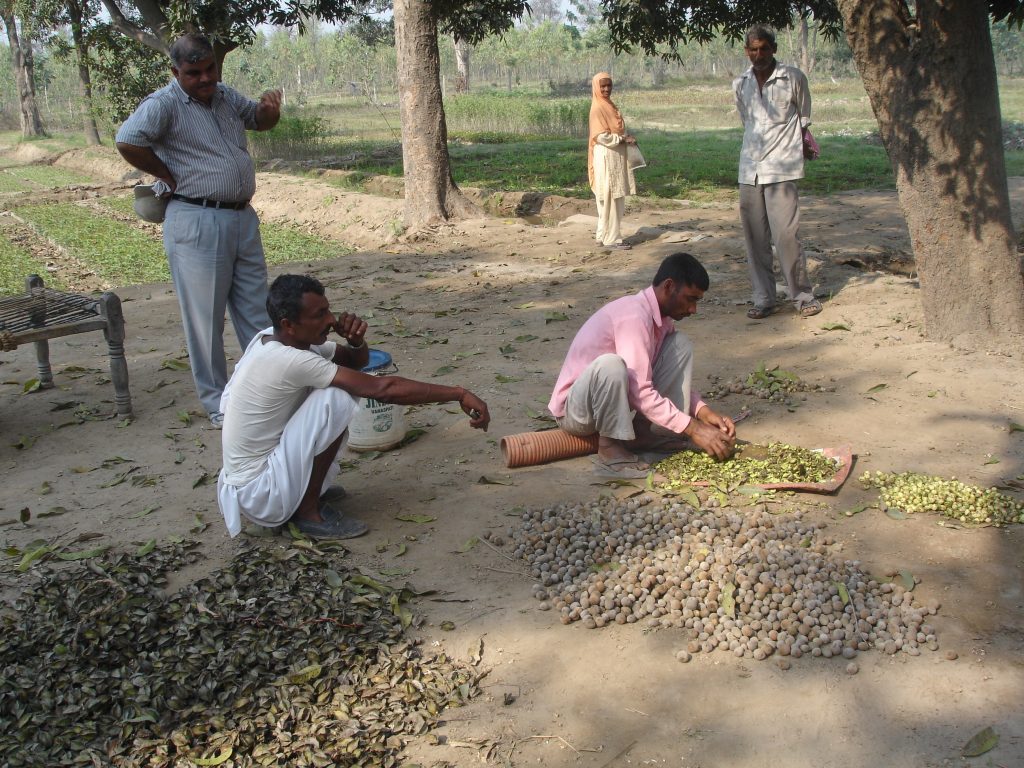
That classic line from the Paul Newman movie, Cool Hand Luke, has since become a catch phrase to describe situations – some comical, others quite serious – that go awry when people aren’t on the same page.
Used in its more serious sense, that phrase can explain the failure of many Forest Landscape Restoration (FLR) projects.
Read more…Spotlight #81 – Developing evidence-based cases for planted forests
Spotlight #81 – Developing evidence-based cases for planted forests
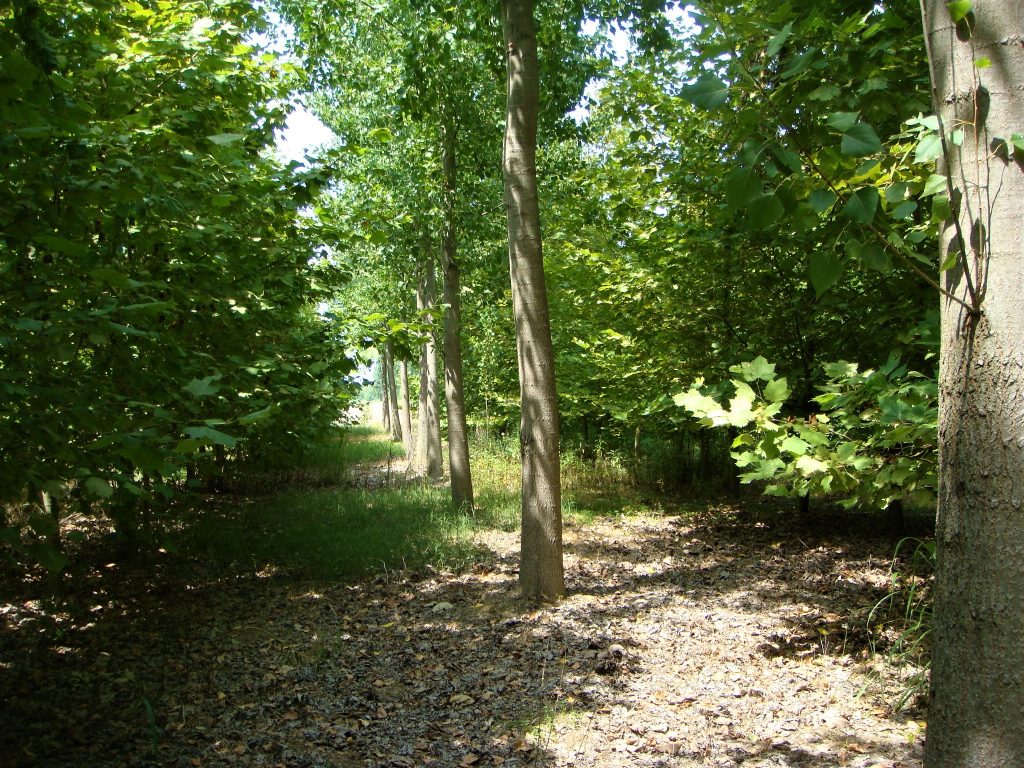
Plantation forests get a bad rap.
That’s the assessment of Christophe Orazio, who is coordinator of the IUFRO Task Force (TF) on Resilient Planted Forests and, after having led the Planted Forests Facility of the European Forest Institute (EFI-PFF) until its closure in 2019, is now director of the European Institute for Cultivated Forest (IEFC).

Plantation forests get a bad rap.
That’s the assessment of Christophe Orazio, who is coordinator of the IUFRO Task Force (TF) on Resilient Planted Forests and, after having led the Planted Forests Facility of the European Forest Institute (EFI-PFF) until its closure in 2019, is now director of the European Institute for Cultivated Forest (IEFC).
The world is fighting forest fires in the midst of a pandemic
The world is fighting forest fires in the midst of a pandemic
Interview with Dr. Andrey Krasovskiy originally published in French: https://journalmetro.com/perspective/2477417/monde-lutte-feux-de-foret-pandemie/
On 25 June 2020 by Miguel Velazquez, Métro World News
Dr. Andrey Krasovskiy is a Research Scholar working with the Ecosystems Services and Management Program (ESM) of the International Institute for Applied Systems Analysis (IIASA), Austria: https://iiasa.ac.at/
He is a Member of the IUFRO Task Force “Fire$: Economic Drivers of Global Wildland Fire Activity”: https://www.iufro.org/science/task-forces/global-wildland-fire-activity/
Q: What is the outlook for forest fires this year?
Forest fires are likely to keep the dynamics from previous years. Along with the problematic regions, such as Amazon, where forest fires are driven by deforestation, and Indonesia, where extremely vulnerable peatland areas are located, considerable fire events are to be expected in boreal forests of Russia, the US, and Canada. The forest fires might also show relative increase compared to previous years in Central European countries. There is a danger that post-quarantine human activities will further add to forest fire frequency in the Mediterranean region, as well as globally.
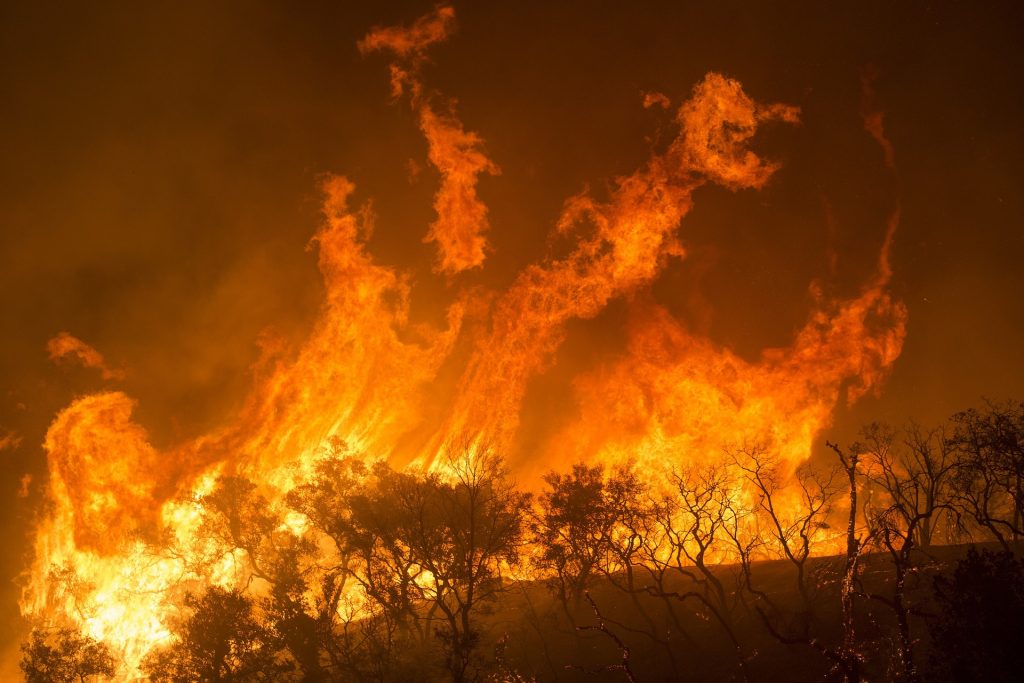
“Harnessing Synergies between Agriculture and Forest Restoration’
“Harnessing Synergies between Agriculture and Forest Restoration’
Communities work together to restore forests – an example from Nepal
By Lila Nath Sharma, PhD
Blog from IUFRO Member Organization ForestAction Nepal
Jalthal forest is a 6,000 ha forested land in the densely populated region in the lowland of Southeastern Nepal. It is a remnant moist tropical forest with diverse ecosystems and habitats comprising swamps, rivers, ponds, hillocks and plain areas. It is an important biodiversity hotspot with several threatened floras and faunas including the Asiatic elephant and pangolin. The forest has unique assemblages of tropical and subtropical plant species found in the sub Himalayan tract. Floristic elements from different bio-geographical regions – Sino Himalayan, East Asian and Indian, for example – makes the forest diverse and unique.
The forest is an important source of environmental services including fresh water and multitudes of forest products for people living around the forest. It is currently managed by 22 Community Forest User Groups (CFUGs) and is an important livelihood source for over 80,000 people. In spite of high ecological and social significance, the Jalthal forest is subjected to multiple pressures. These include invasive species, human-wildlife conflict (particularly human-elephant), wildlife poaching, illegal felling of trees and timber focused forest management.
Read more…IUFRO Spotlight #78 – More robust strategy needed to combat forest fires in Alps
IUFRO Spotlight #78 – More robust strategy needed to combat forest fires in Alps
An increasing risk of forest fires in the European Alps has led to a white paper that proposes a framework for integrated fire management to address the drivers of the current and future fire regimes in mountain forests.

To develop the white paper, entitled Forest Fires in the Alps, a panel from all member states of the EU Strategy for the Alpine Region (EUSALP) – Austria, Germany, Italy, France, Slovenia, Switzerland and Liechtenstein – was established. These scientists, members of action forces, authorities and other forest fire experts pulled together the fire experiences and knowledge of the various countries.
Considering the Human Dimension when Restoring Forest Landscapes

Integration of Western and Traditional knowledge in FLR planning and implementation can result in more comprehensive, locally grounded, and socially and culturally acceptable restoration projects. This scene from the Ilmil Valley in the Atlas Mountains (Morocco) depicts a mosaic of agricultural and forest management practices used by farmers to support their livelihoods and food security while conserving forest biodiversity. Photo: John Parrotta
Much has been written about forest landscape restoration (FLR) from a silvicultural or ecological perspective: techniques, approaches, methods, case studies, have all tended to focus on the practical and technical tools to implement forest restoration. However, relatively little attention has been given to human dimensions.
In fact, there is limited guidance on how to go about restoring forest landscapes when it comes to integrating both ecological and human dimensions of FLR. The need for this integration was the main motivation for the newly published book entitled Forest Landscape Restoration: Integrated Approaches to Support Effective Implementation, which was edited by Stephanie Mansourian (Consultant, member of IUFRO Task Force Forest Adaptation and Restoration under Global Change, and Research Associate, University of Geneva, Switzerland), and John Parrotta (US Forest Service and IUFRO Vice-President). Read more…
IUFRO Spotlight #43: Helping forests and people adapt to changing times and climes
The world’s forests seem beset on all sides.
Rising populations and improved incomes are increasing demands for forest products and services ranging from the traditional – food, fuel and timber – to more recently recognized needs such as biomass, bioenergy, nature conservation, recreation and health, as well as forest biodiversity conservation.
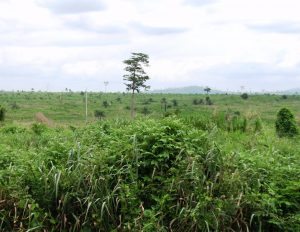
“It is a great challenge to restore forest landscape in largely deforested areas.” Photo: John Stanturf.
At the same time, those rising populations – and changing preferences, such as increased demand for meat and dairy products – lead to forests being cleared to free up land for agricultural and pasture purposes.
Add the other drivers of deforestation and forest degradation, plus increasing temperatures, rapidly altering precipitation patterns and the impacts of continuously growing carbon dioxide concentrations on forest vegetation photosynthesis; and then throw in more extreme weather events that lead to more frequent and intensified droughts and wildfires, the migration of tree pests and diseases – aided by globalization – and one has a global forest under siege. Read more…
